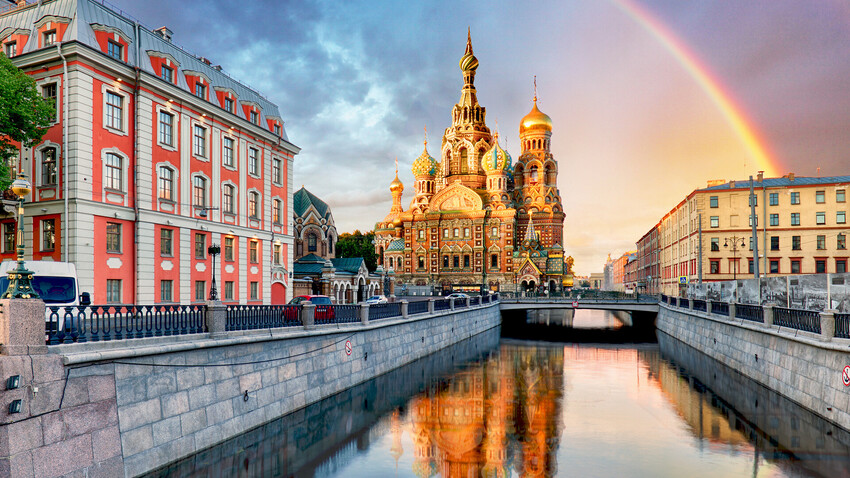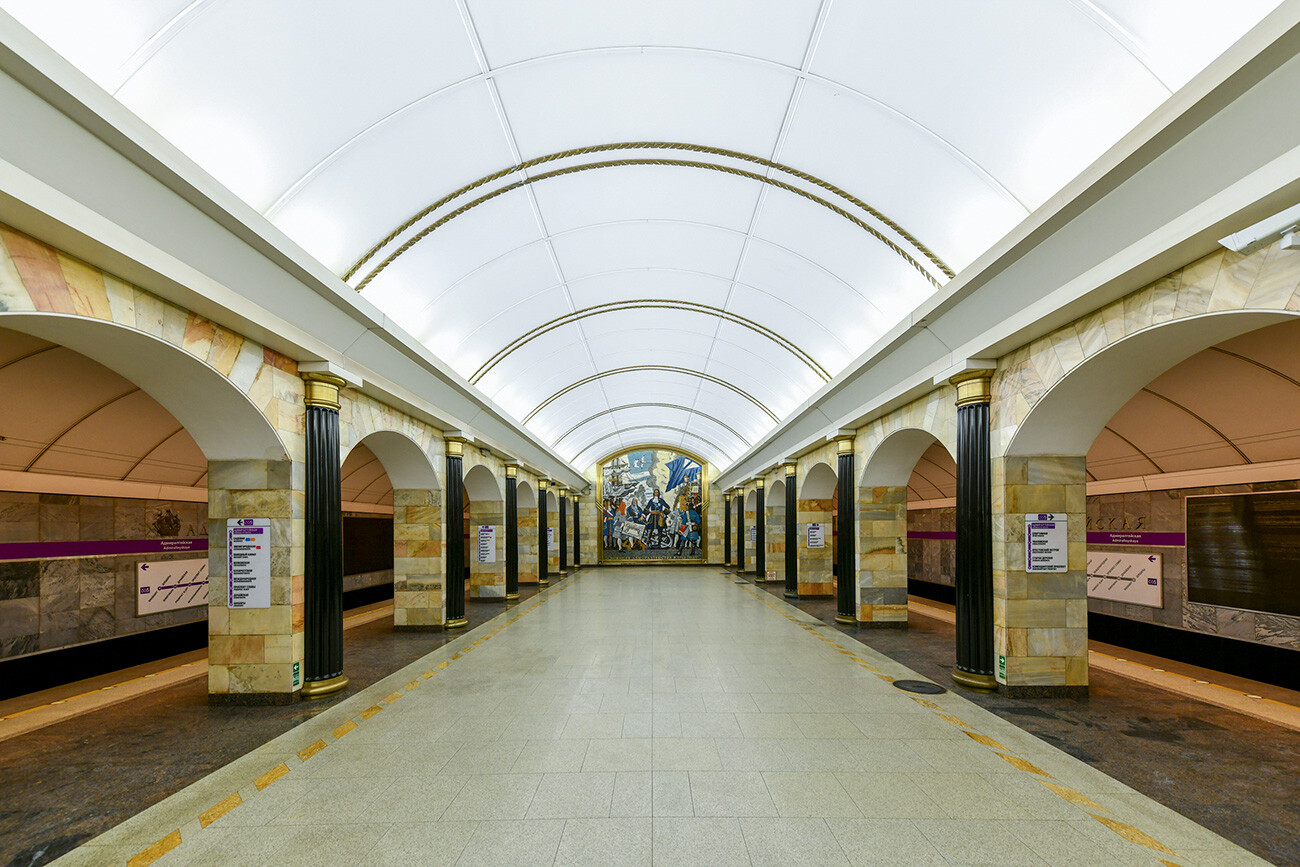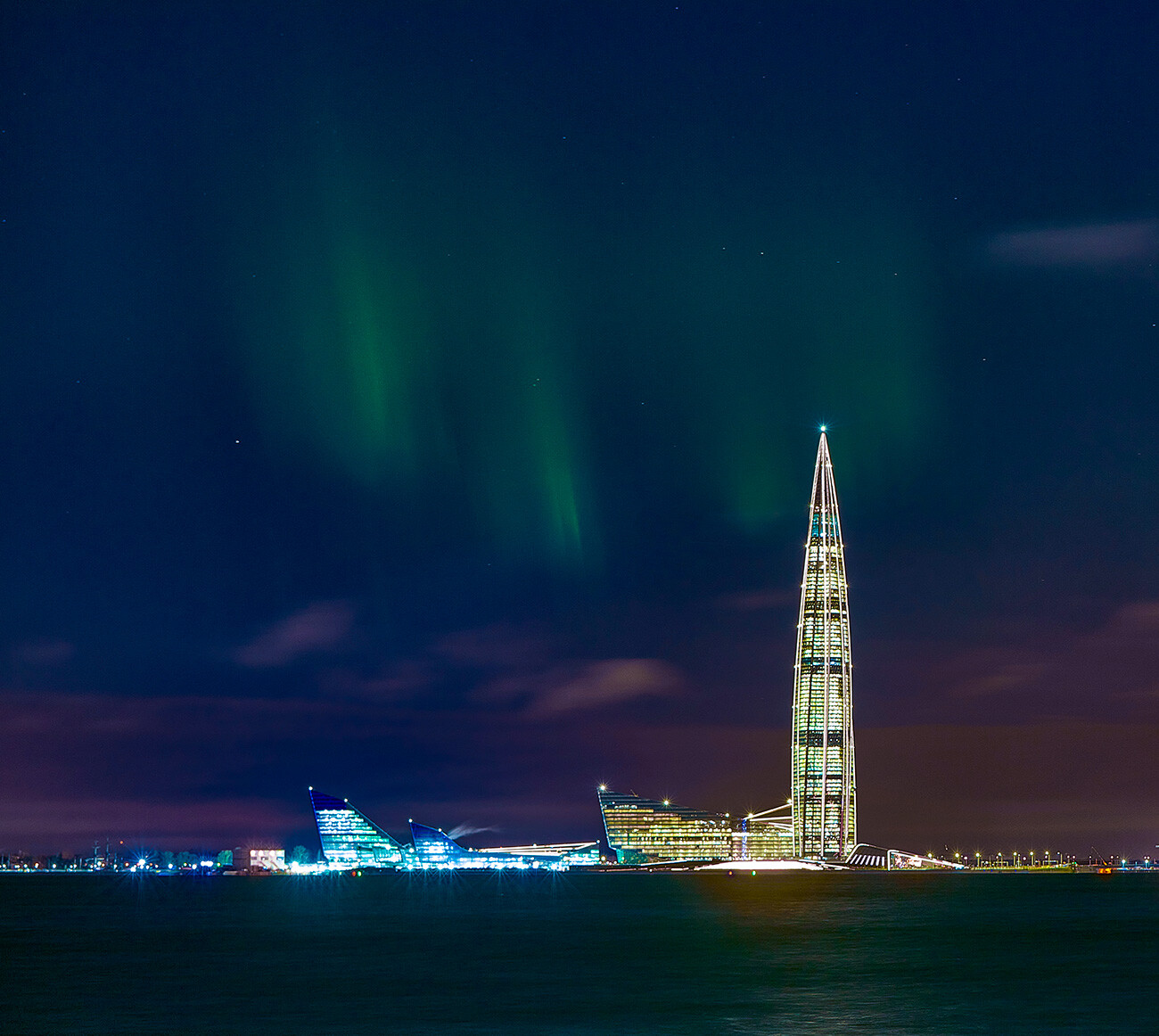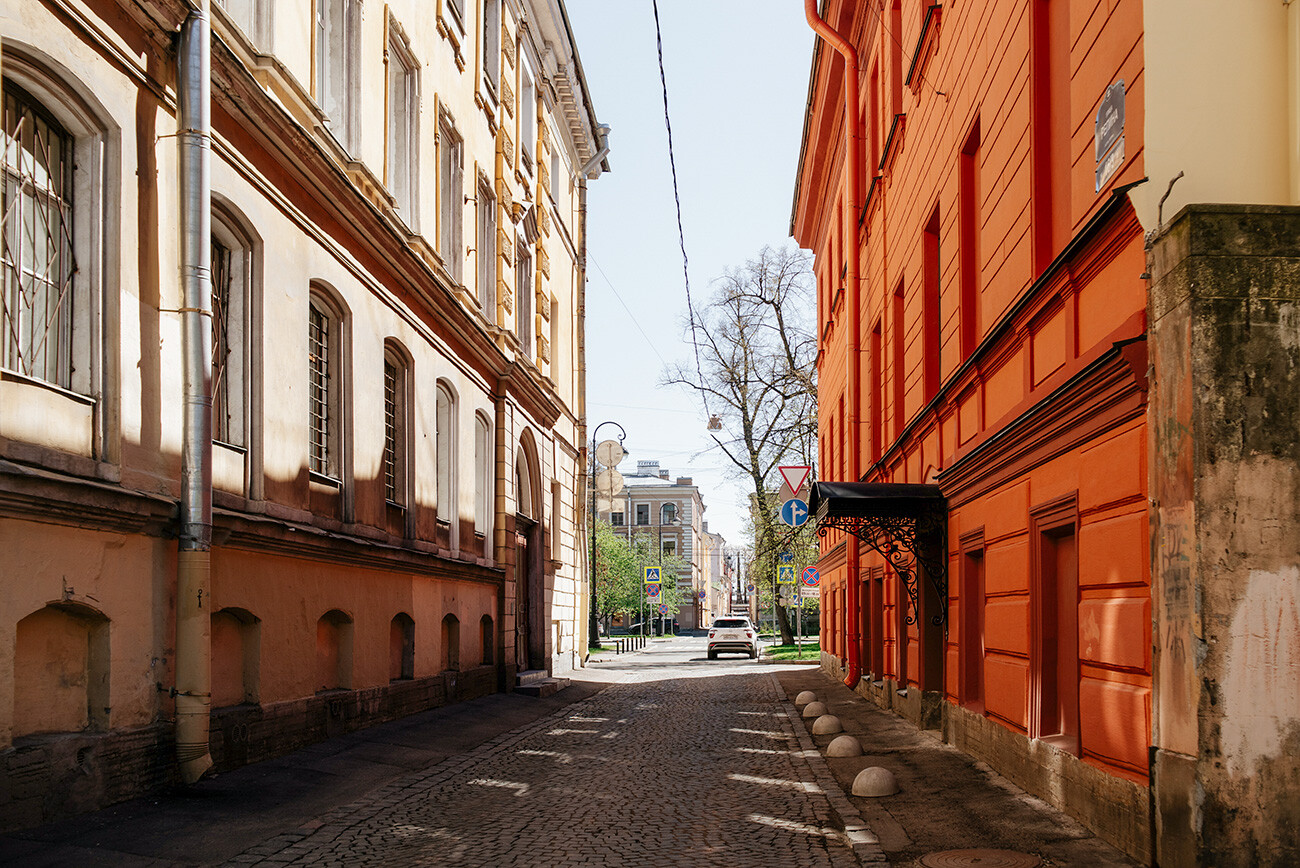

Yes, St. Petersburg is only 320 years old, but the pink granite ancient Egyptian sphinxes on the Neva River embankment date to 3,500 years ago! They were discovered during archeological digs in the Egyptian city of Thebes in the 19th century and then made their way to St. Petersburg thanks to Andrey Muravyev, an explorer and a member of Russia’s Academy of Sciences.
Following the Russo-Turkish War, Muravyev set out to see the Christian holy places in Palestine and Egypt, and one day came upon the sphinxes. He promptly sent a letter to the Russian ambassador in Constantinople (at that time, Egypt was a part of the Ottoman Empire), asking him to secure a permission from the Russian Emperor for 100,000 francs. Since Russia and Europe at the time were both obsessed with Egyptomania, Muraveyev’s request was approved by the tsarist government, and the sphinxes returned with him to Russia. Today, they can be seen, sitting like sentinels, on University Embankment.

It takes around 32 seconds to ascend the escalator in most Moscow stations, but in St. Petersburg the ride sometimes requires more than double that time! Sixty out of 67 of its stations average 70-80 meters in depth underground, making the city’s subway the deepest in the world on average, (if you don’t count parts of the Pyongyang subway in North Korea, and Kiev’s Arsenalnaya station, which goes a whopping 107 meters underground!). St. Petersburg’s deepest station is Admiralteyskaya, which is located 86 meters underground. It’ll take you more than three minutes to ascend to ground level - a fact that causes some sensitive people to experience ear-clogging on the way down.

Aurora Borealis (or Northern Lights) appears in the northern sky as a result of magnetic storms in the atmosphere. Somewhere in the wilderness, far from the bright lights and pollution of the city, is the best place to see this extraordinary natural phenomenon. St. Petersburg is one of the few exceptions, however, owing to its status as the world’s northernmost megapolis. Occasionally, when the conditions are right, you’ll be able to see the Northern Lights here.

The shortest street in Russia is Kokushkin Pereulok, at only 35 meters long. It’s located right by Sadovaya and Spasskaya subway stations. The narrowest, meanwhile, is Repina Street - only six meters wide, and close to the Vasileostrovskaya station.

The collection of the State Hermitage Museum is astounding, with over three million exhibits that take up six whole buildings. Seeing them all would require eight years of your life, if you spent just 60 seconds looking at each item!
If using any of Russia Beyond's content, partly or in full, always provide an active hyperlink to the original material.
Subscribe
to our newsletter!
Get the week's best stories straight to your inbox